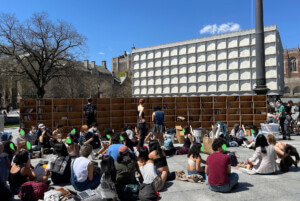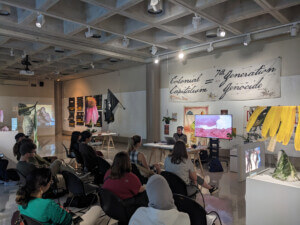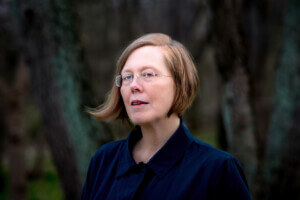Rossana Hu is the cofounder, alongside Lyndon Neri, of Neri&Hu Design and Research Office, a Shanghai-based interdisciplinary architecture firm. The practice is known for their adaptive reuse projects. Hu was also recently named the chair of the architecture department at the University of Pennsylvania Stuart Weitzman School of Design to lead the architecture department as chair and tenured professor.
AN spoke with the architect and educator about her new role and the individuals who have influenced her career. The conversation also touched on topics related to architectural education, sustainability, and diversity in the industry.
AN: What are your goals and ambitions for your new role?
RH: I’d like to work on transforming the architecture school experience and creating a platform to redefine some aspects of the discipline and the profession. We should bring other disciplines into the architectural curriculum, as well as integrate design with the often-isolated study of history, theory, and technology, expanding scholarship to include studies in non-western architectural constructs. This way, a deeper global awareness is achieved.
The current educational experience for architects is loaded with the negative connotations of overworking, mental and emotional trauma, and dehumanizing design crits. My own design studio experience as a student included professors tearing up drawings or stepping on models made by students who’d stayed up all night to finish them. This has been tolerated for a very long time in our design education, and although the situation has improved tremendously compared to when I was a student, we can do even better. We need to create a culture of care, and strive for excellence without losing our mind and health.
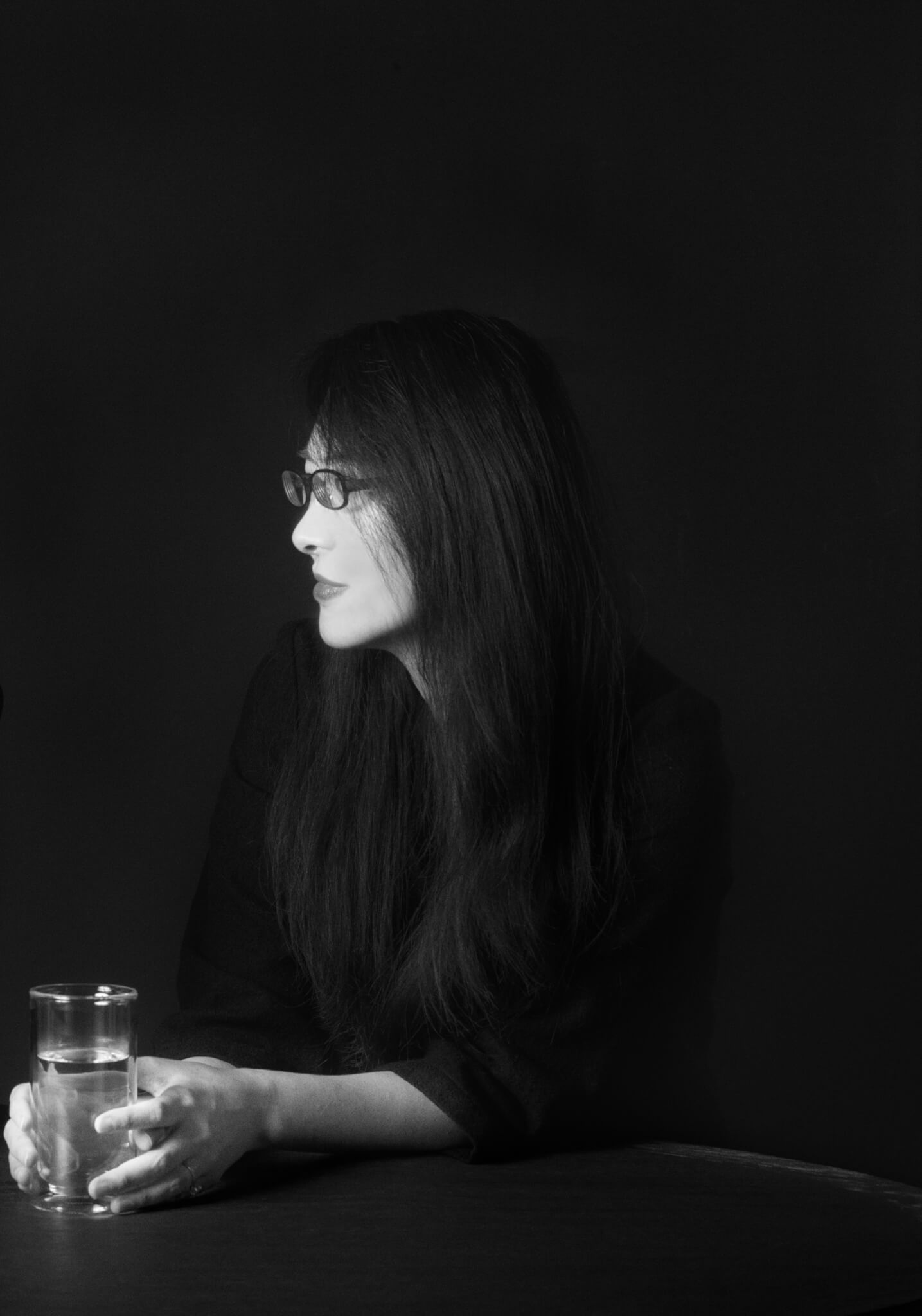
AN: Who is someone who has inspired your work and leadership? Why are they inspirational?
RH: Many of the professors who have taught me over the years. They include Donlyn Lyndon, Stanley Saitowitz, Christopher Alexander, and Laura Hartman at Berkeley, as well as Liz Diller, Enrique Mirallas, Beatrice Colomina, Mark Wigley, Peter Eisenman, and Michael Graves at Princeton. However, the one whose work holds a deeper personal meaning is Lin Huiyin, a legend in modern Chinese culture and considered the first female architect in China.
She stands for many things I believe in, namely the importance of history in architecture. Her work was largely in preservation, but she was concerned with the choice between what to keep and erase—something we at Neri & Hu constantly think about in our work on adaptive reuse.
Lin Huiyin’s influence goes beyond architecture; she’s a poet, writer, feminist, educator, and cultural influencer. She’s not known for many built works, but her words shaped generations of Chinese intellectuals. Her persona defies the master architect and the egoist. Hers is a softer approach to architecture but no less powerful.
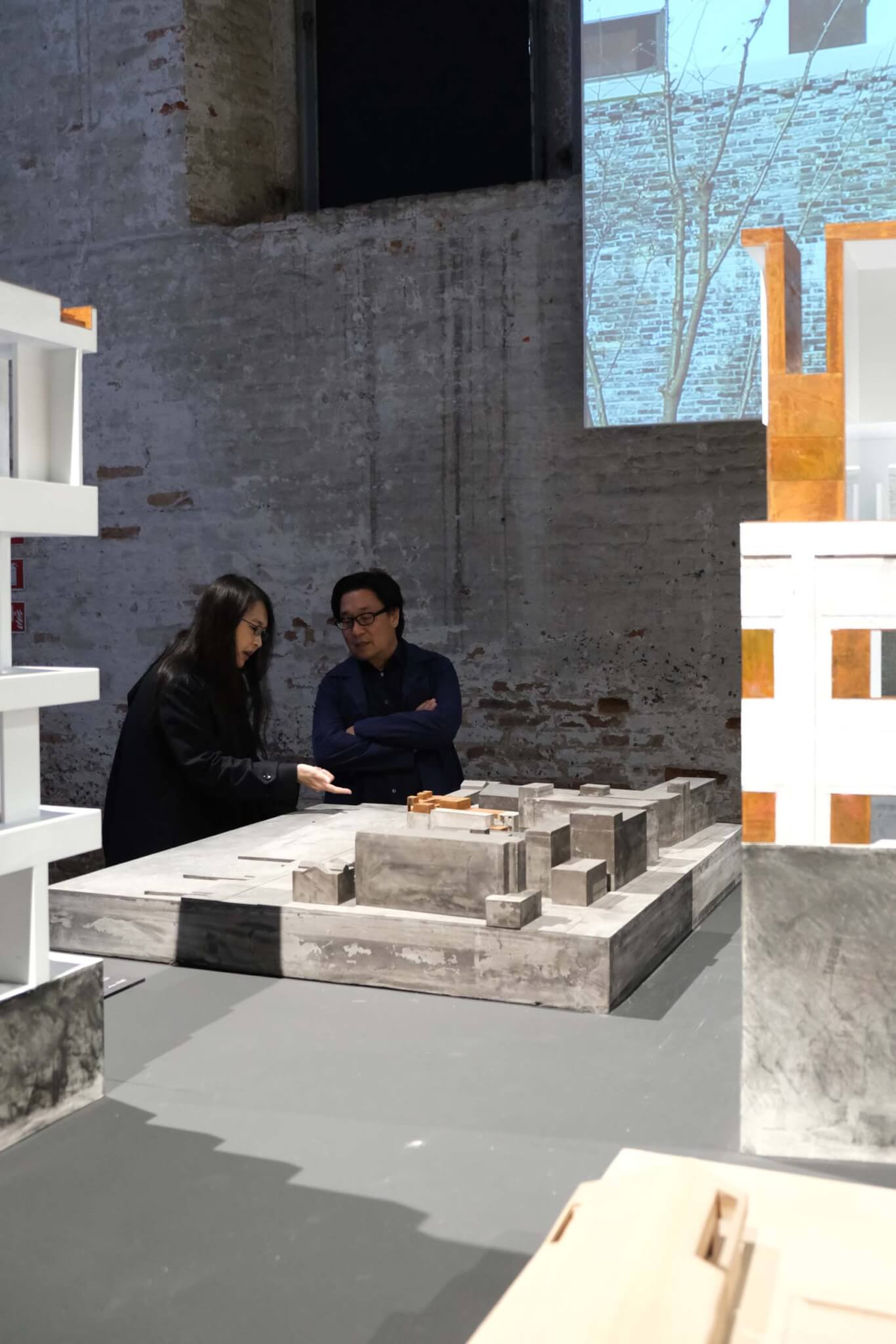
AN: What are the most urgent topics for architectural education today?
RH:
-
- Finding effective climate/ecological solutions through architecture
- Impact of advanced technology
- Wellness-focused studio culture and promoting a culture of care
- Relevance and impact of the profession in society
AN: How has the COVID-19 pandemic changed your thinking about being a leader in higher education, if it has?
RH: The pandemic was only an outburst that was bound to happen, a prolonged, global-scale manifestation of what’s been wrong with our environment, ecology, society, health system, to name a few. For us working in higher education, as for all of us, these are important facts we cannot ignore.
AN: How should the topic of sustainability be incorporated into architectural education?
RH: It should be part of our required curriculum, not just by itself but alongside everything we mean when we discuss design. Especially in design studios, issues of sustainability should be worked into all inquiries, and creative solutions that enable more sustainable models should be recognized.
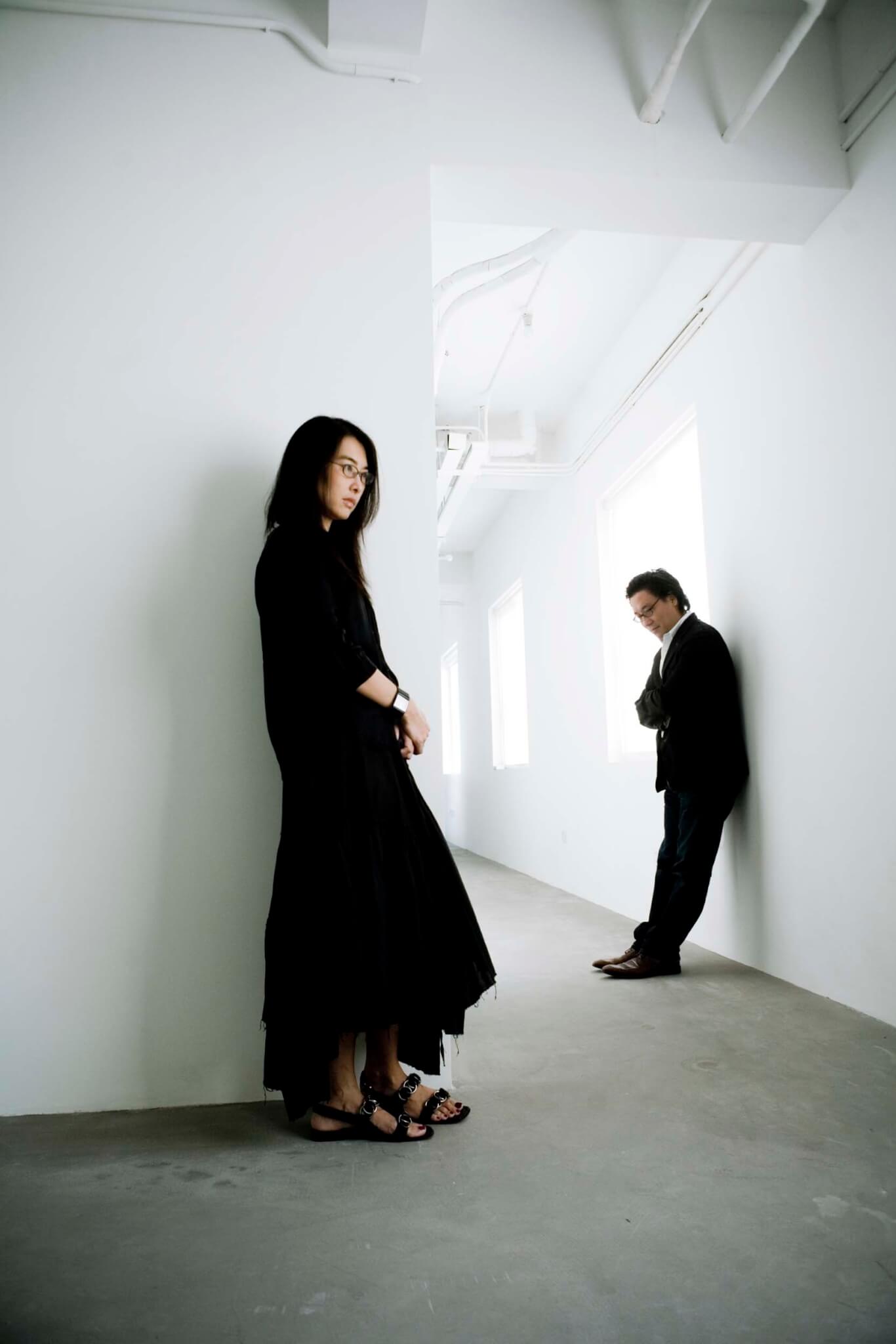
AN: How might the goals of diversity and inclusivity be advanced under your leadership?
RH: I think so far Diversity, Equity, Inclusion, and Belonging (DEIB) initiatives have been addressed most successfully on the social level. But I’d like to see the spirit of DEIB disrupt our curriculum from its foundation, really shaking our understanding of history, theory, culture, linguistics, representation… and beyond. DEIB means that one will study with classmates from different parts of the world, and it also means that one should feel a deep sense of belonging because cultural/ethnic/gender differences have design implications that are being taught in the classrooms.
I hope that the subject of architecture is being presented through diverse lenses, that there is a diversity, equity, and inclusion within the content we study in architecture schools.
AN: What are you optimistic about as you create the future of architecture and architectural education.
RH: Many believe we are facing a crisis as architects. The word for “crisis” in Chinese is composed of two characters, one of which is 机 (ji), a character that also appears in “opportunity.” We learn that we should work to seize the opportunity in this moment of crisis, to re-examine how architecture’s creative potency could work with AI, robotics, material science to find new relevance.
Design needs to work with advanced technology to find new aesthetics and vocabularies for the future, but designers cannot forget our past. It’s exciting to think of the countless possibilities where this may lead. We have yet started to investigate and reinvent a new architectural language to respond to the fast-paced tech revolution, but once we do, I’m sure we will see a new light.








